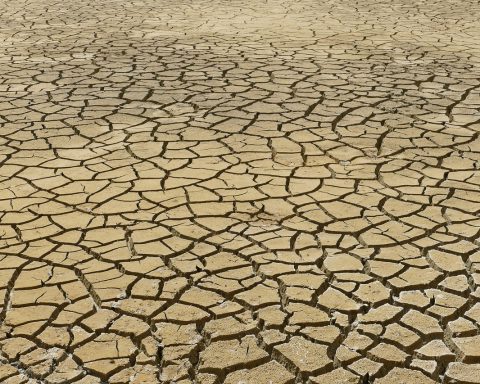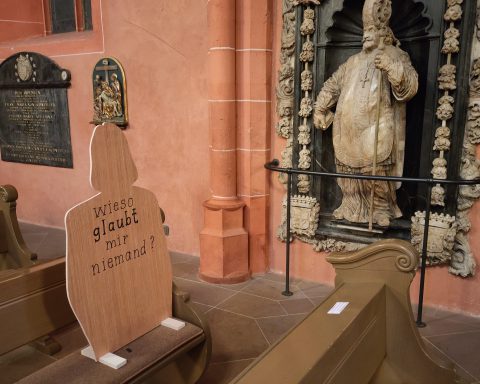Dependency theory was birthed by Latin American and German scholars in the aftermath of World War II. Through variations in different eras and schools of thought, the central argument has remained the same: that the balance of trade is always tipped in favor of the countries of the “core,” which keep the countries of the “periphery” – the so-called “Third World” – trapped in the role of providing raw materials for “First World” industries.
Hence, despite the many liberation movements in the former colonies having resulted into (nominal) transfers of political power, colonial patterns are perpetuated.
The political and financial elites on both sides of the commercial exchange are complicit and lining their own pockets. Meanwhile, the poorer country’s general population tends to remain cut off from basic necessities and protections those in the richer country tend to enjoy as a matter of fact (though inequality is evidently growing within the “core” as well).
The poorest among the poor are unable to afford the very material goods for which their commodities are extracted and their environment screwed up – unable to escape dependency patterns.
The DRC, formerly Belgian Congo, is seen as one of the world’s worst basket cases, as being stuck in a cycle of violence and squalor. In an animated short presented at DOK Leipzig 2019, filmmakers from both the former colony and its European metropole got together to produce and present a powerful illustration – genius in its simplicity and brevity – of what dependency means for the Central African country. And of our role in the cycle as consumers, even when we mean well.
Directed by Frank Mukunday and Trésor Tshibangu Tshamala, the 10-minute Machini is made of animated stones, gravel, rusty machinery, chalk and a blackboard as backdrop. The machinery is the only thing that seems real and lasting. The chalk and blackboard give the impression that we are being educated, like sitting in a classroom, and at the same time that the DRC village they are composing can be erased even faster than it can be drawn.
The stones come to life as the living – yet faceless – bodies of the DRC villagers.
First, they are shown as being able to live off their environment, especially clean water, finding time to be merry and dance to their tunes. They manage to build up rudimentary but decent-looking houses and means of transport, electricity and sanitation – the village being urbanized into city.
However, their happy tunes quickly change into a rhythmic exhalation of the stone-bodied villagers as they extract smaller stones and pass them from one to the next, in an endless chain. They start de-developing, until there’s nothing left of their former prosperity. Nipped at the bud before they could find their way out of dependency, because poverty is profitable for the ones that own the means of production.
With each frame, the workers increasingly lose their individuality – more and more being mixed up with, and treated as, the raw material exports they draw their meager livelihood from.
In what appears to be one fluid motion, the extractive activities produce thick green smog that soon consumes and lethally poisons every living thing in that DRC village. The houses disappear, seemingly replaced by factories. The machines go on, unperturbed.
The screen goes dark, and then lights back up. Spoken-word poetry and a breeze of hope animate the gravel where the villagers’ stony bodies had fallen apart.
But life there is only a whisper for now, or a shadow, oppressed by the stark mechanical landscape.
We hear a disembodied voice inform us that soon, pollution in the developed world will drastically decrease due to electric vehicles. For that to happen, though, extractive activities must be boosted in the DRC, because electric vehicles need batteries, and batteries use raw materials from the developing world to be manufactured.
There is no sign of an electric vehicle in that village from which the lithium and cobalt are being extracted. No sign anymore, either, of the decent houses and amenities.
So the cycle of dependency – and of disregard for the lives and needs of the poor on behalf of the privileged – goes on and on, even when the best of intentions may seem to be winning out.
They pay the cost for our advancement. Our clean air is their wasteland.
Machini reminds us that while our environmental revolution is commendable, it is surely not equally distributed. Until the ways and chains of production are fundamentally altered, certain groups will always be left with the brunt of the destruction and deprivation while others get to reap the fruits of progress. This animated case study gives us a brilliant microcosm of trade, inequality and dependency in our contemporary world.









